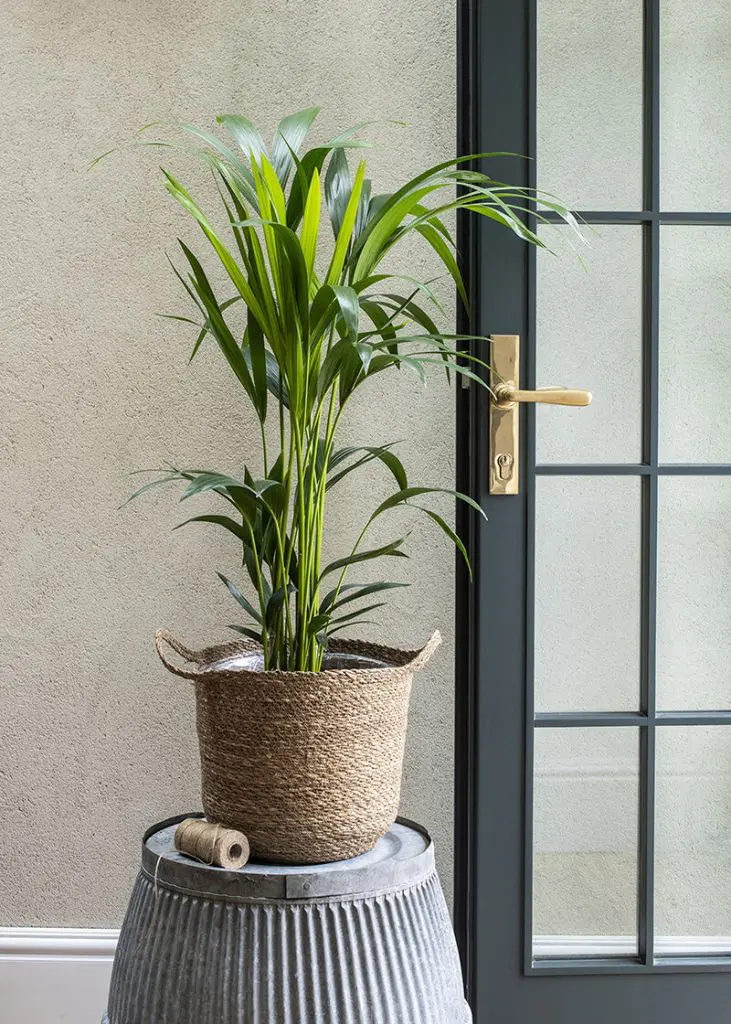
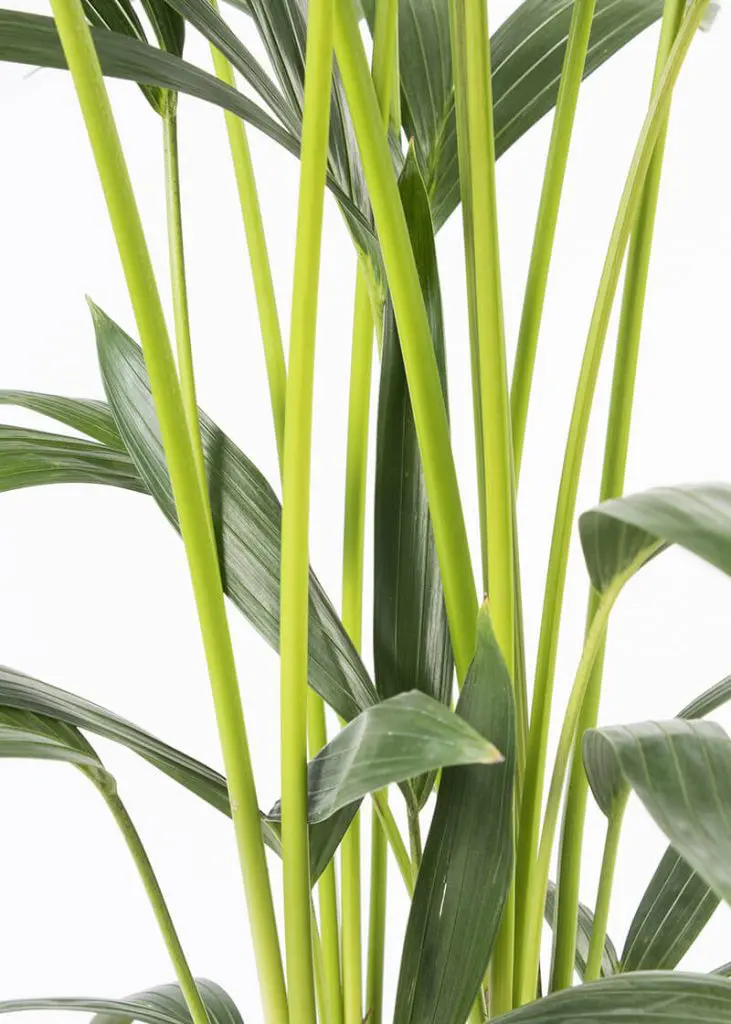
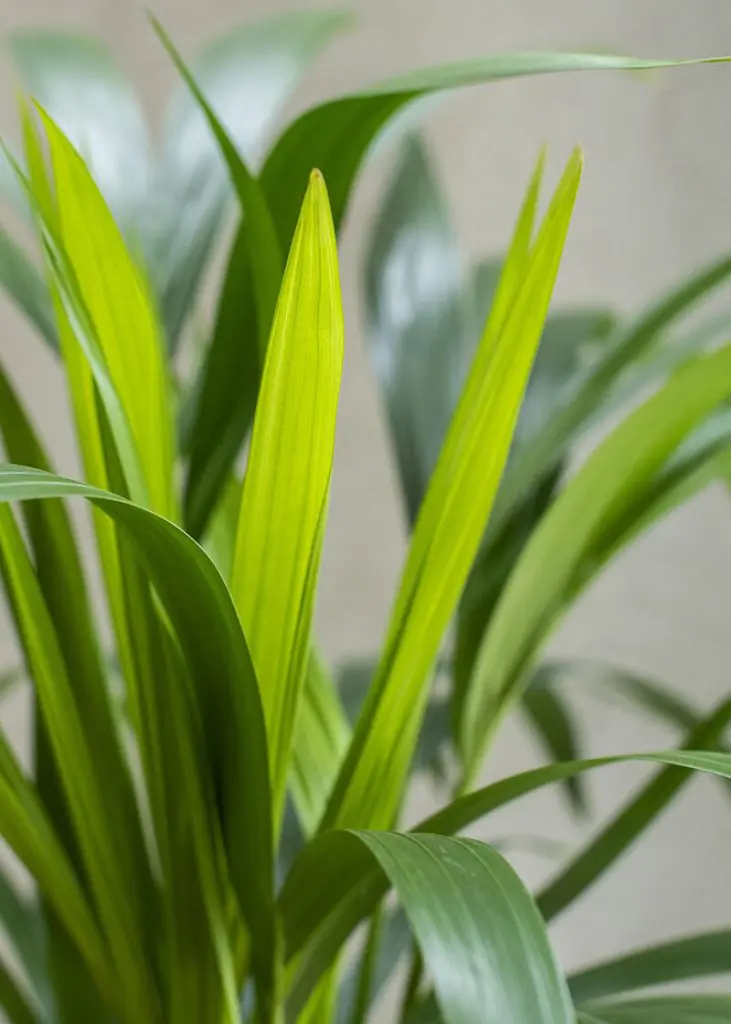
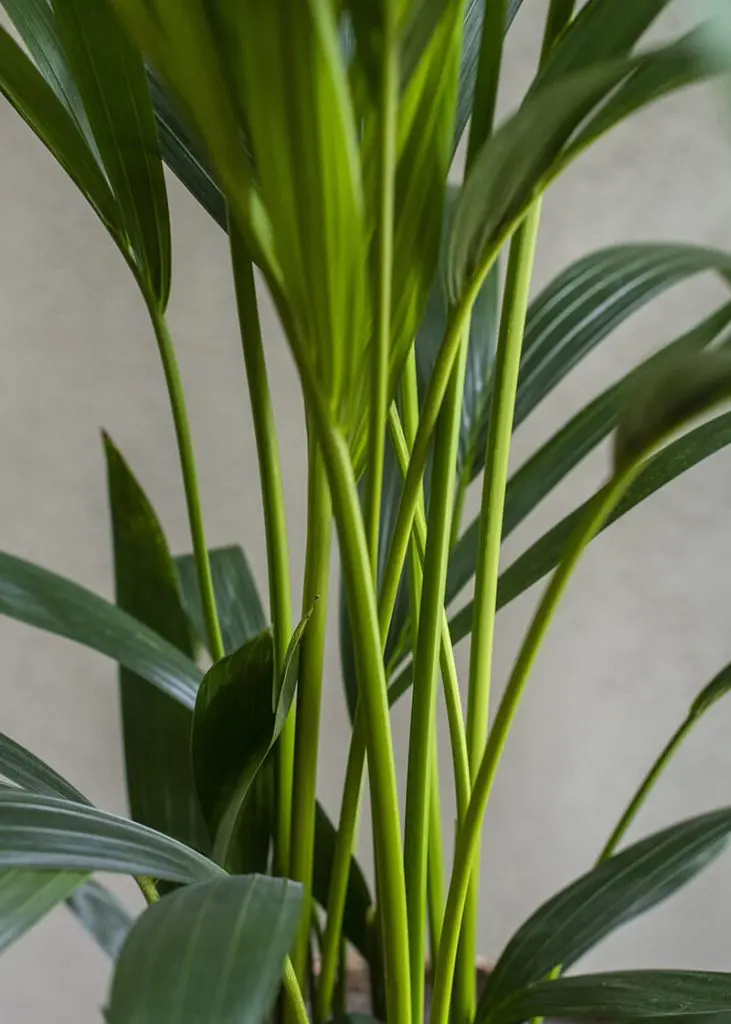
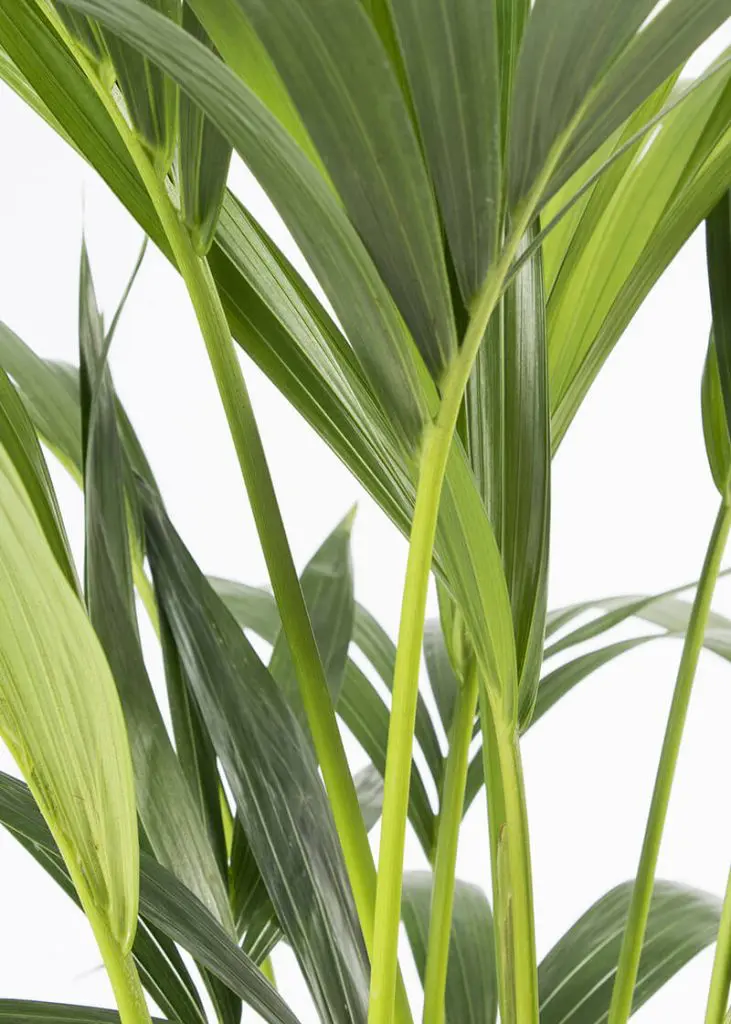
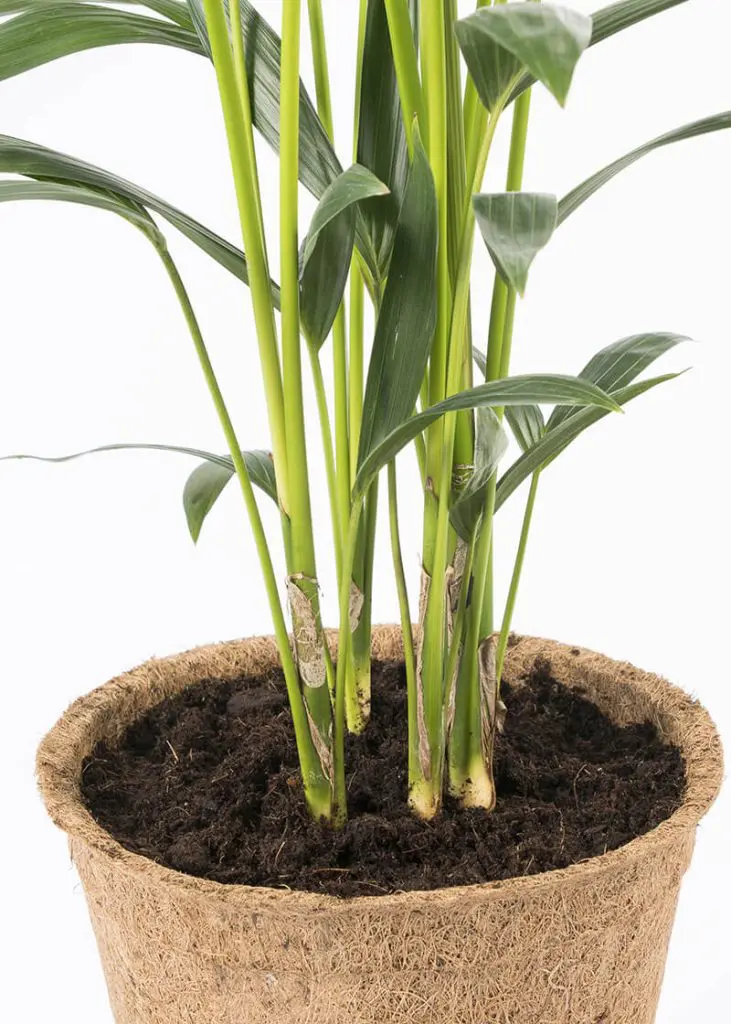
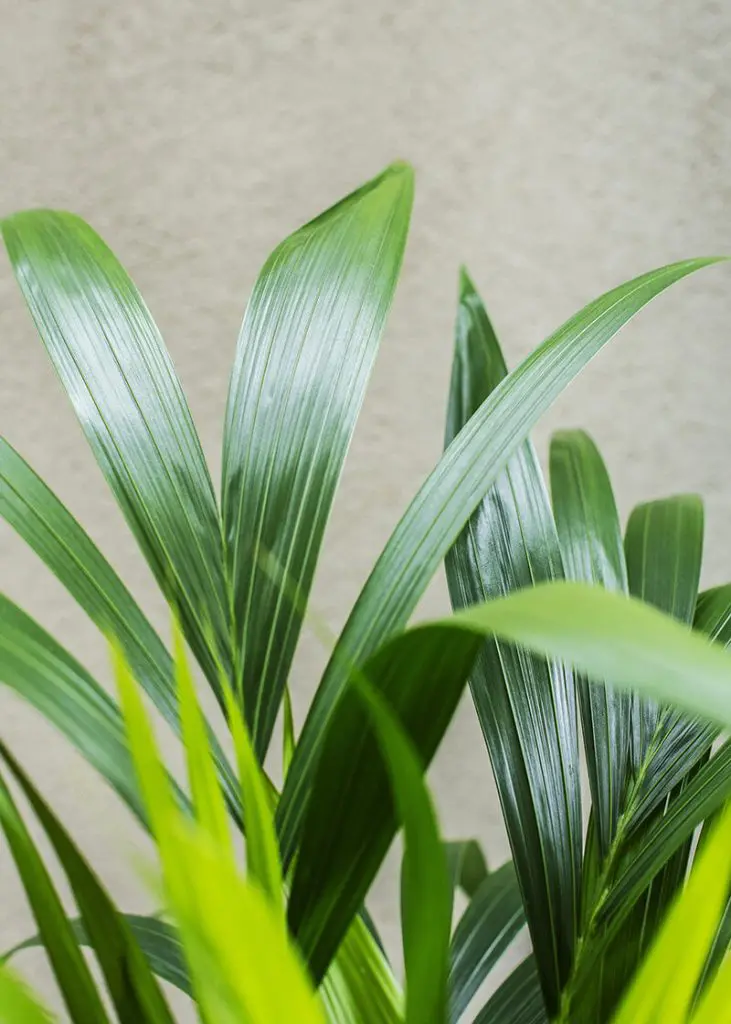
Kentia Palm is a statuesque and graceful palm plant with dark green foliage and arching fronds, also known as Howea forsteriana or even Thatch Palm.
Latin name
Howea forsteriana
Pronunciation
(“HOW-ee-ah for-steh-ree-AH-nah”)
Common name
Kentia Palm
Origin
Lord Howe Island (a tiny island, 320 miles off the East coast of Australia)
The Kentia Palm (Howea forsteriana) is an elegant, slow-growing palm native to Lord Howe Island, a small subtropical island in the Tasman Sea off the east coast of Australia. It is one of only two species in the genus Howea and has been cultivated worldwide as a premium indoor palm since the Victorian era. Its popularity stems from its graceful, arching fronds, tolerance of indoor conditions, and ability to thrive with minimal maintenance.
Did you know?
The Kentia Palm develops a slender, solitary trunk that can eventually reach 10–12 m tall in its natural habitat, but it usually grows much smaller indoors. Young plants remain in their juvenile form for many years, rarely producing a full trunk indoors. The trunk, when mature, is ringed with the scars of old leaf bases and supports a crown of 8–12 pinnate (feather-shaped) fronds. Each frond can grow 2–3 m long outdoors, with dark green, narrow leaflets arranged evenly along the midrib. Many indoor specimens are planted as several seedlings in one pot, creating a multi-stemmed appearance.
In its native habitat, mature Kentia Palms produce cream-coloured flowers on long spikes in late spring to early summer, followed by oval reddish-brown fruits about 4–5 cm long. Flowering and fruiting are rare indoors.
Did you know?
The Kentia Palm is considered non-toxic to humans and pets, making it a safe choice for homes and workplaces.
caring for your plant

Light
Medium to medium-high light. Avoid direct sunlight.

Watering
The growing medium should be kept moist, but not constantly wet. Under watering may cause the leaves to turn yellow

Pruning
Palms cannot be pruned. Dead or dying fronds should be cut back to the base of the plant

Feeding
Dilute fertilizer can be added to the water every time you water the plant

pest & diseases
Generally pest free, but keep an eye open for mealybugs, which should be removed by cleaning with a damp cloth or paper towel. Two-spotted spider mite may also be troublesome if the air is too dry.
Where the kentia palm originates from

The Kentia palm is native only to Lord Howe Island (a tiny island 370 miles off the east coast of Australia) but has naturalised in places like Norfolk Island and the Dominican Republic.
Our plants are grown in Ecoponic, an alternative to soil. Officially known as a vulkaponic substrate, it replaces traditional compost with a clean, mineral-based medium that helps protect peatlands.
According to the IUCN UK Peatland Programme, “A loss of only 5% of UK peatland carbon would be equal to the UK’s annual greenhouse gas emissions.” As well as storing carbon, the natural wetlands where peat is found are critical to the survival of plants and wildlife. Ecoponic also improves plant health and uses water more efficiently.
Find out more about Ecoponic here.

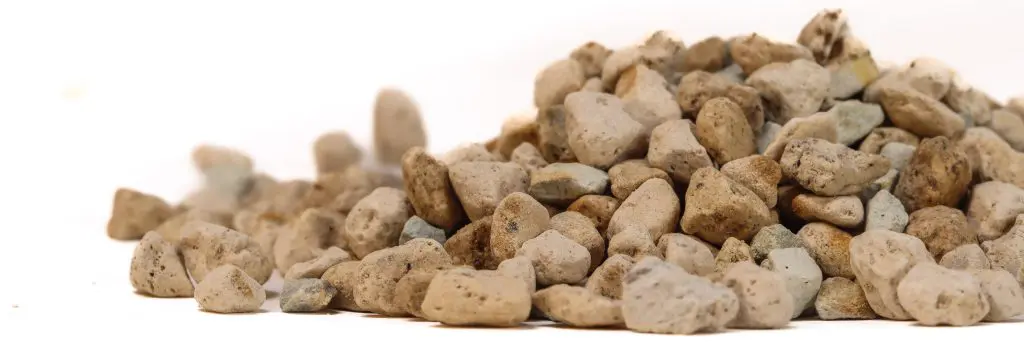
Buy one of my cousins from the nursery
Did you know?
Plantopedia is brought to you as part of our Engage & Bloom workplace experience program.
explore more
Why not continue your journey through the plant world. Explore more plants, their stories, habitats and the benefits they bring to spaces.






























